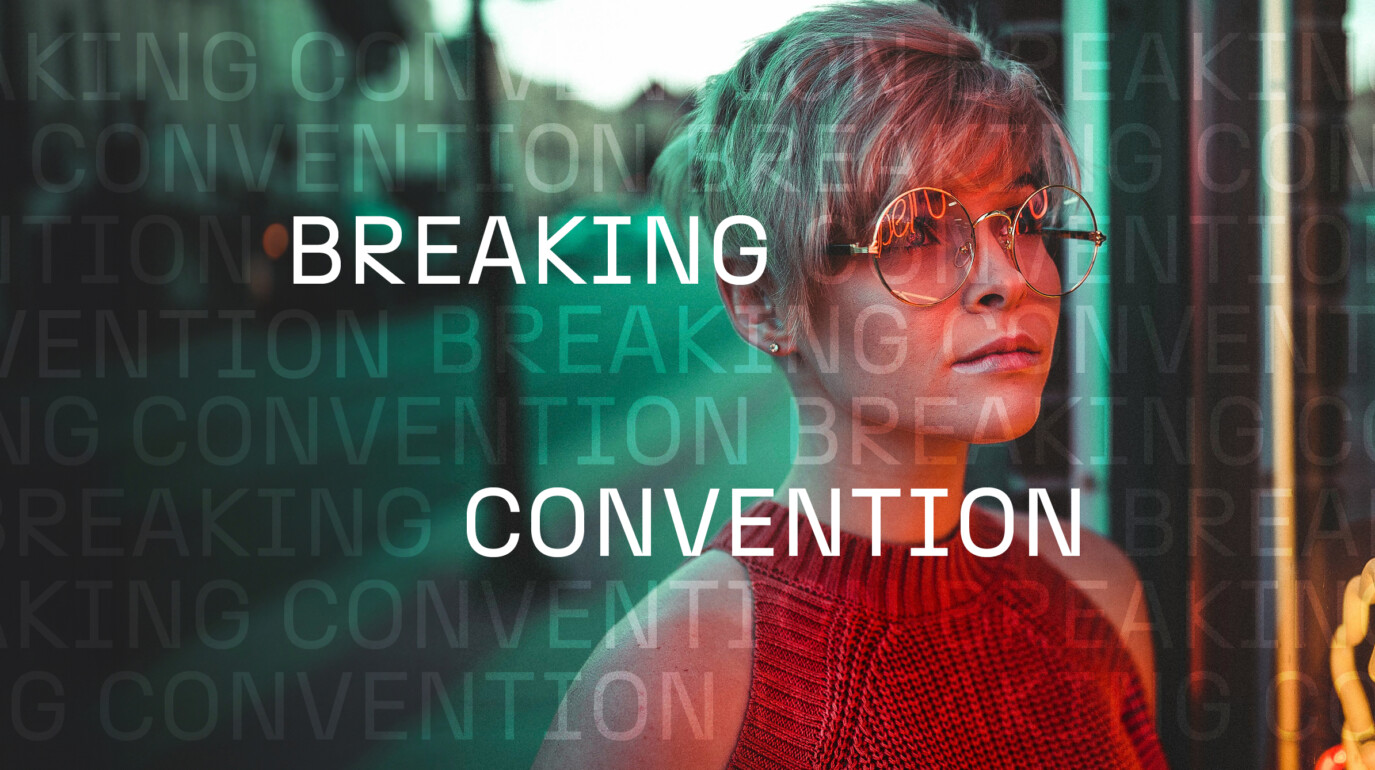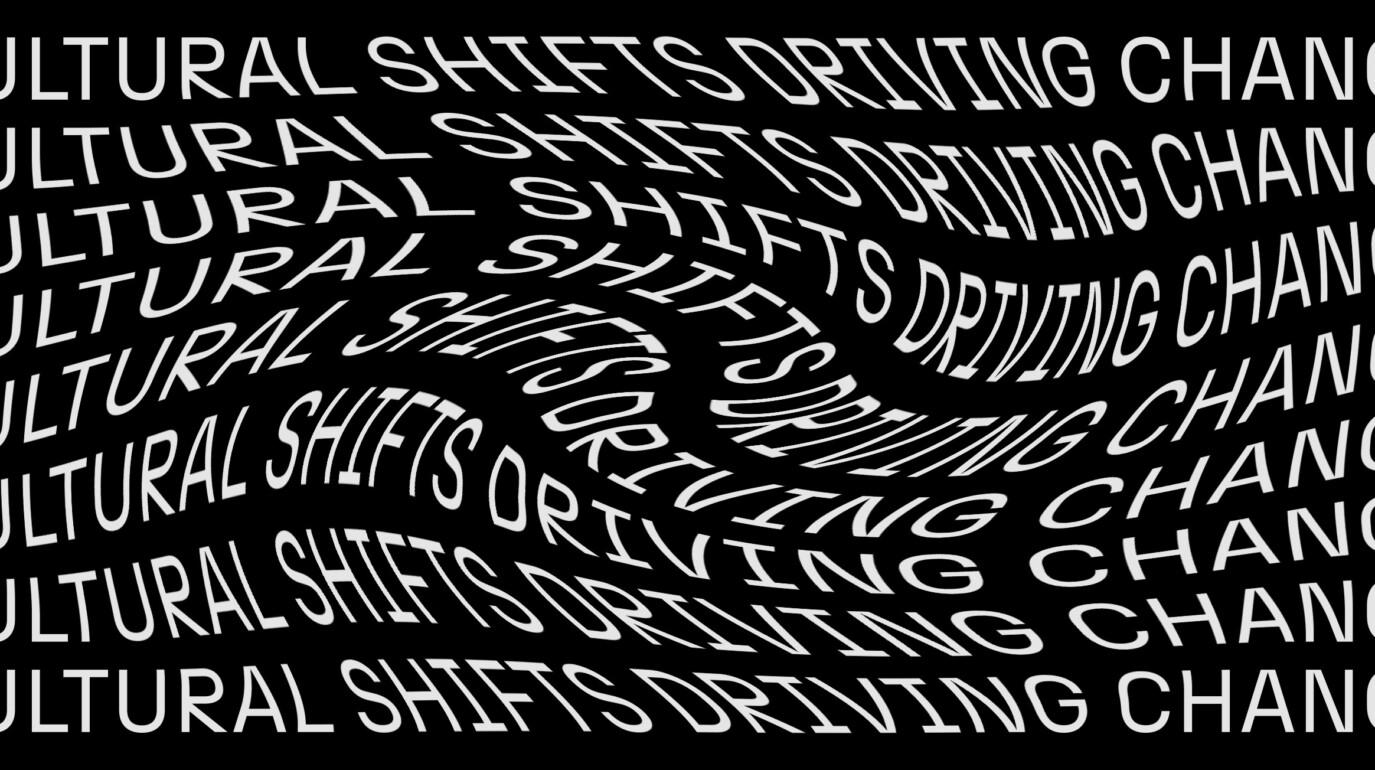Thinking.
-

Brand Strategy
Why it’s time for brands to address the connection deficit
-

Brand Strategy
How luxury brands found their Olympic firepower at Paris 2024
-

Brand Strategy
Why now's the time to break convention in consumer healthcare
-

Experience Design
Why brand experience matters (now more than ever)
No Result